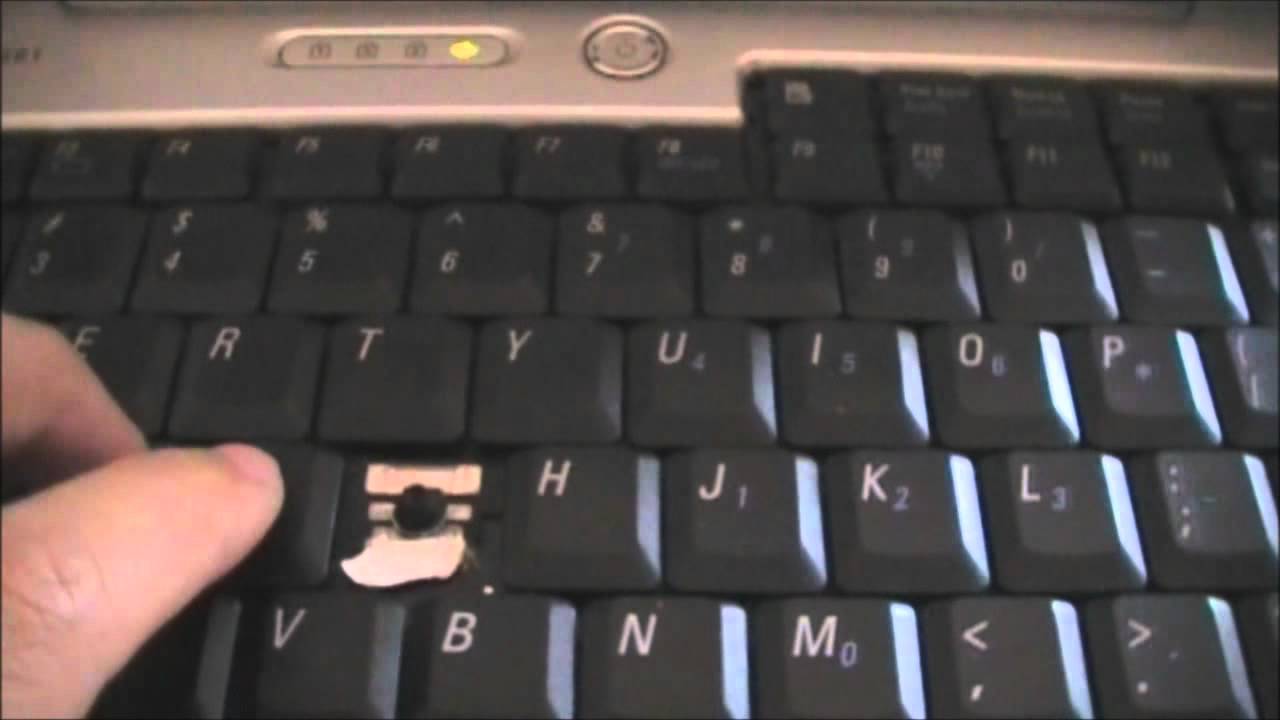In today’s digital age, data backup is crucial to ensure the safety and security of our valuable files. If you’re a Samsung user, Smart Switch is an excellent tool that allows you to seamlessly transfer and backup your data between devices. However, many users often wonder where their Smart Switch backup files are stored on their PC or Mac. In this comprehensive guide, we’ll walk you through the process of locating and accessing your Smart Switch backup files.
Before we dive into the steps of finding your Smart Switch backup files, let’s first understand the basics. Smart Switch is a powerful software developed by Samsung that enables users to transfer their data from an old device to a new one. It supports various types of data, including contacts, messages, photos, videos, apps, and more.
When you create a backup using Smart Switch, the software saves your data in a specific location on your PC or Mac. The backup files are organized in a structured hierarchy, making it easier to locate and manage your data.
Find Smart Switch Backup Files on Windows
If you’re using a Windows PC, follow these steps to find your Smart Switch backup files:
- Open File Explorer: Navigate to your desktop or click on the Windows icon on your taskbar and select “File Explorer.”
- Locate the Documents Folder: In the left-hand sidebar of File Explorer, click on “Documents” to open the Documents folder.
- Navigate to the Smart Switch Folder: Within the Documents folder, look for the “Samsung” folder and open it. Inside the Samsung folder, you’ll find the “SmartSwitch” folder. Double-click on it to access your Smart Switch backup files.
- Identify Your Phone Model: Within the SmartSwitch folder, you’ll notice a series of folders named after different phone models. Locate the folder that corresponds to your phone model. For example, if you own a Samsung Galaxy S10, look for a folder named “Galaxy_S10.”
- Access Your Backup: Open the folder specific to your phone model, and you’ll find individual folders for each backup. Each backup folder is labeled with the date and time it was created, making it easy to identify the most recent backup. You can now access and manage your backup files as needed.
Locate Smart Switch Backup Files on macOS
For Mac users, the process of finding Smart Switch backup files is slightly different. Follow these steps to locate your backup files on macOS:
- Open a Finder Window: Click on the Finder icon located in your Dock or press “Command + Spacebar” to open Spotlight, then type “Finder” and hit Enter.
- Navigate to Documents: In the left-hand sidebar of the Finder window, click on “Documents” to access the Documents folder.
- Find the Samsung Folder: Within the Documents folder, look for the “Samsung” folder and open it.
- Access the SmartSwitch Folder: Inside the Samsung folder, you’ll find the “SmartSwitch” folder. Double-click on it to access your Smart Switch backup files.
- Identify Your Phone Model: Within the SmartSwitch folder, you’ll see a series of folders named after different phone models. Locate the folder that corresponds to your phone model.
- Open Your Backup: Open the folder specific to your phone model, and you’ll find individual folders for each backup. Each backup folder is labeled with the date and time it was created, allowing you to easily identify the most recent backup. You can now access and manage your backup files as needed.
Understanding the Structure of Smart Switch Backup Files
Now that you know how to locate your Smart Switch backup files, let’s explore the structure of these files for a better understanding of their organization.
- Each backup is stored in a separate folder within the Smart Switch backup directory.
- The name of each backup folder includes the date and time it was created, following the format: “model_YYYYMMDDhhmmss.”
- The “model” in the backup folder name represents your specific phone model.
- Within each backup folder, you’ll find various files and folders that contain your backed-up data, including contacts, messages, photos, videos, apps, and more.
Accessing and Restoring Smart Switch Backup Files
Knowing the location of your Smart Switch backup files is essential not only for managing your backups but also for restoring your data when needed. Here’s how you can access and restore your Smart Switch backup files:
Open Smart Switch: Launch the Smart Switch application on your PC or Mac.
Connect Your Phone: Connect your phone to your computer using a USB cable. Ensure that your phone is recognized by Smart Switch.
Choose Restore: In the Smart Switch interface, click on the “Restore” option.
Select Your Backup: Smart Switch will display a list of available backups. Choose the backup you want to restore.
Configure Restoration Options: Smart Switch provides various restoration options, allowing you to select specific data types or perform a full restoration. Choose your desired options.
Begin Restoration: Once you’ve configured the restoration options, click on the “Restore Now” button to initiate the restoration process. Smart Switch will restore the selected data from your backup to your phone.
Best Practices for Managing Smart Switch Backup Files
Now that you know how to find and access your Smart Switch backup files, it’s crucial to follow some best practices to ensure the safety and integrity of your backups. Here are a few tips to help you manage your Smart Switch backup files effectively:
Regularly Check for Updates: Smart Switch receives periodic updates from Samsung, introducing new features and bug fixes. Make sure to keep your Smart Switch software up to date to benefit from the latest improvements.
Create Multiple Backups: It’s always a good practice to create multiple backups of your important data. This redundancy ensures that you have multiple copies in case of any unforeseen issues or data loss.
Organize Your Backups: As you create more backups, it’s essential to organize them systematically. Consider creating separate folders for each backup or labeling them with the corresponding date and device name for easy identification.
Periodically Verify Your Backups: It’s crucial to periodically verify the integrity of your backups to ensure that they are complete and usable. Test the restoration process by restoring a small portion of your backup to ensure that everything is working as expected.
Secure Your Backup Files: Backup files may contain sensitive information, so it’s essential to protect them from unauthorized access. Consider encrypting your backup files or storing them in a secure location with restricted access.
Conclusion
In conclusion, locating and accessing your Smart Switch backup files is a straightforward process once you know where to look. Whether you’re using a Windows PC or a Mac, following the steps outlined in this guide will help you find your backup files quickly and efficiently. Remember to organize your backups, keep them up to date, and follow best practices to ensure the safety and integrity of your valuable data. With Smart Switch and proper backup management, you can confidently transfer and restore your data whenever needed.
Experiencing difficulties with your Android Device, check out our “How To” page on how to resolve some of these issues.
Other Android Technical Reviews:- Android







